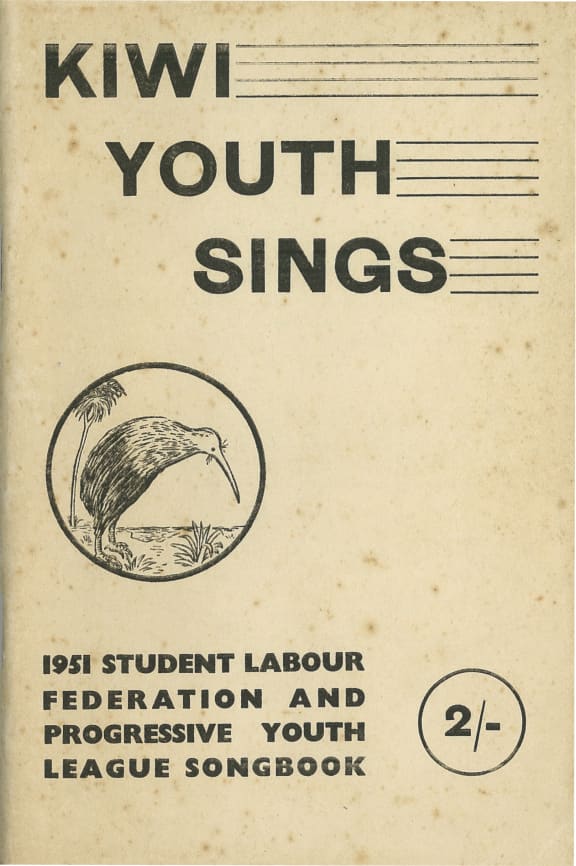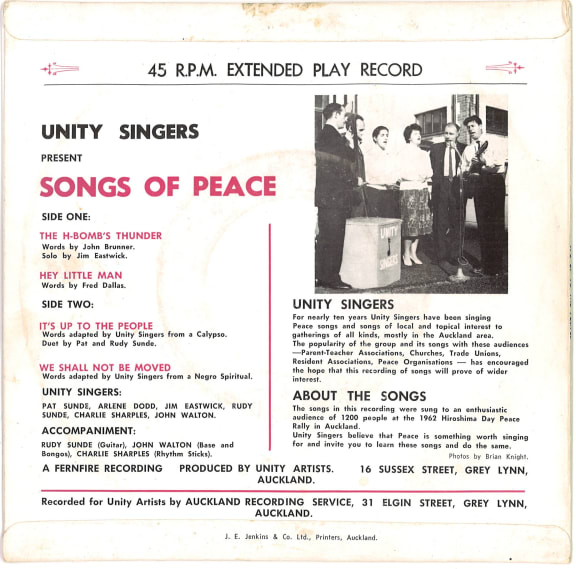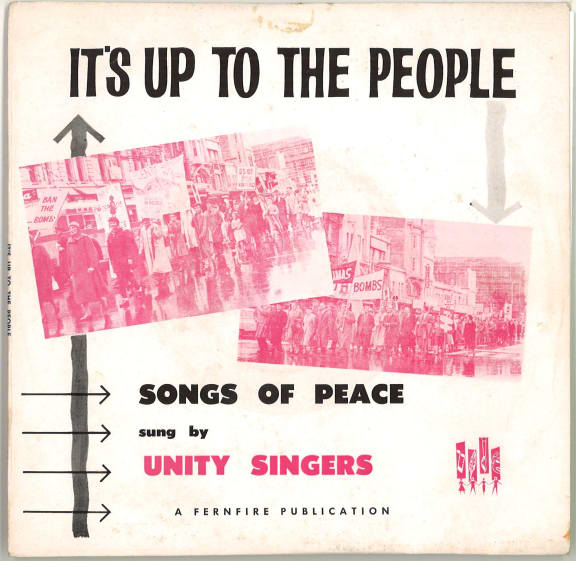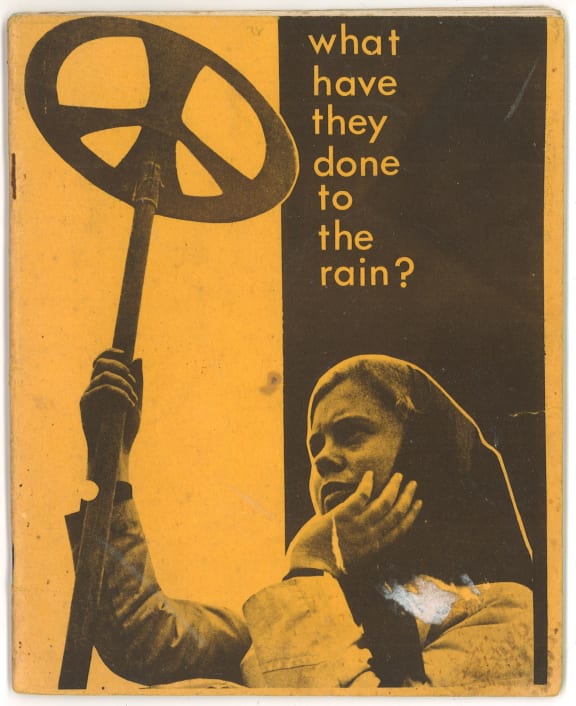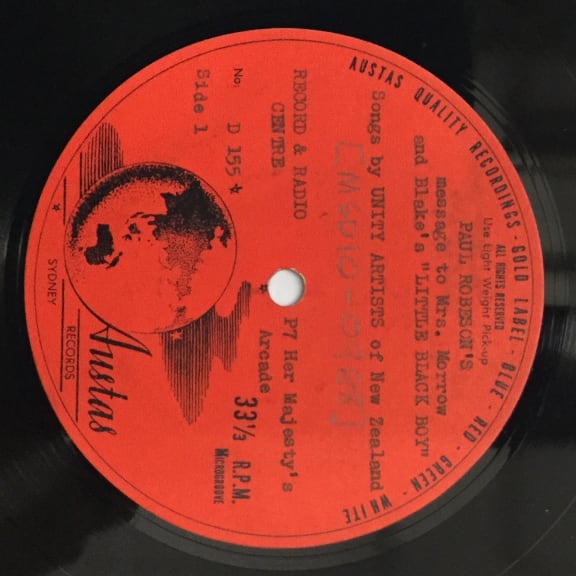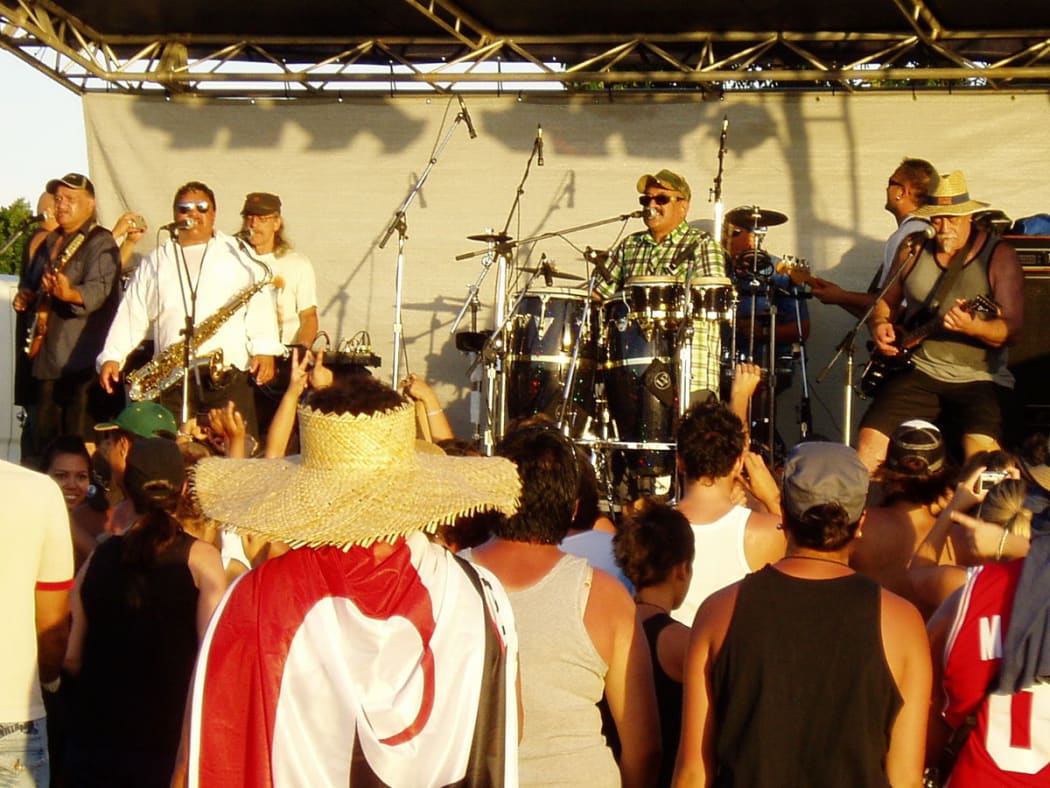
Herbs performing live in the Gold Coast in 2009. Photo: Wikimedia Commons
Music historians Michael Brown and Susan Skudder from Alexander Turnbull Library talked to Jesse Mulligan about the long history of protest singing in New Zealand.
When Herbs’ recording of ‘French Letter’ – a song protesting French nuclear testing in the South Pacific – spent eleven weeks on the New Zealand charts in 1982, it represented a mainstream peak for a musical movement that had begun in this country some 50 years earlier.
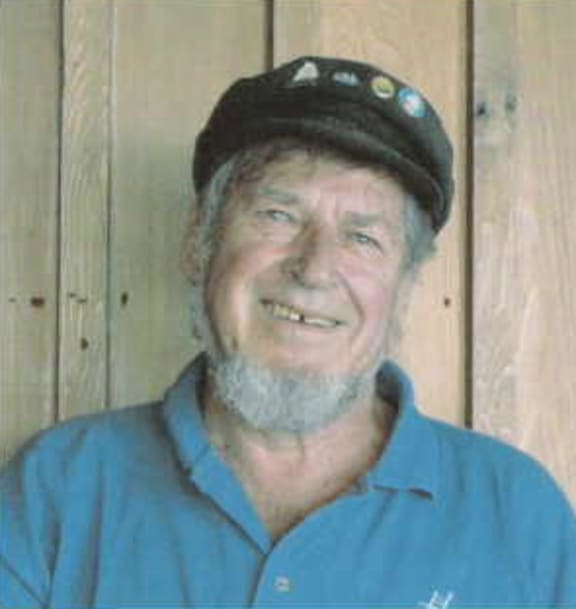
Rudy Sunde of the Unity Singers Photo: Supplied
Protest songs had been sung in New Zealand at least as early as the 1930s. Early adopters were left-wing student groups in universities, who could be found in the late 30s picking up topical songs about the Spanish Civil War, songs adapted from the British poet William Blake, and songs by the martyred American labour activist Joe Hill.
Protest singing grew throughout the world in the 40s and 50s, inspired by internationally known performers like Pete Seeger and Woody Guthrie from the United States, and Ewan McColl in Britain.
Seeger saw protest singing as a powerful tool to unify people. The civil rights movement in the U.S. was energised by his adaptation of the spiritual ‘We Shall Overcome’.
In New Zealand, protest songs were particularly pertinent to the burgeoning anti-nuclear movement.
The Unity Singers were part of an international network of peace activists. On a unique disc from 1960 held in the Turnbull Library collection, Unity Singers member Rudy Sunde can be heard performing ‘Talking Radiation’, a talking blues adapted from Pete Seeger in which he asks ‘How would you like to spend Christmas on Christmas Island’? Christmas Island was the location, near Kiribati, where the British had tested hydrogen bombs in 1957 and 58.
Read more about New Zealand's fold history on Audioculture:
In 1962 the Unity Singers released a four-song EP comprised of songs they had performed at a rally in Myers Park to mark Hiroshima Day. The mayor of Auckland, Dove-Myer Robinson, reluctantly gave his permission - but only on the condition that they begin the performance with ‘God Save the Queen’.
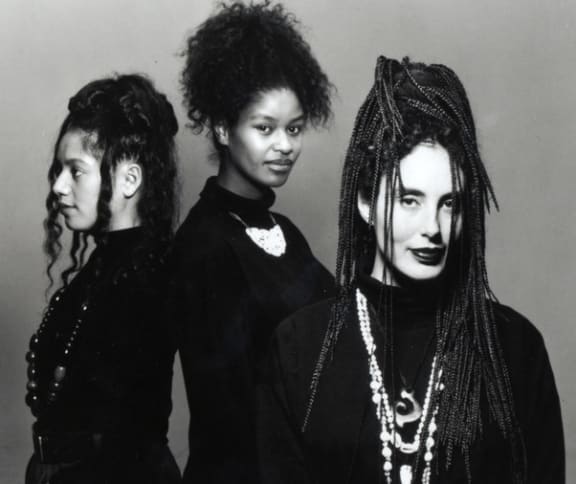
Teremoana Rapley (centre) with Moana And The Moa Hunters - Mina Ripia and Moana Maniapoto Photo: Audio Culture
The title song of the EP, It’s Up To The People, was an adaption of a song by calypso singer Sir Lancelot, originally called ‘Atomic Energy’.
Through the 1960s, protest songs continued to enter New Zealand’s popular mainstream. Pete Seeger’s ‘Where Have All The Flowers Gone?’ was covered by the Howard Morrison Quartet.
But New Zealand protest songs came of age in the 80s, with Maori groups such as Aoteaoroa and Moana and the Moahunters writing about tino rangatiratanga, and rappers like Upper Hutt Posse with their focus on social issues.
Herbs picked up the anti-nuclear baton with ‘French Letter’, with its mix of tropical imagery and grim portents. “Do you know what makes the ocean glow/When unwelcome guests are making nuclear tests?”
Though New Zealanders had been singing anti-nuclear message for decades, the song can be heard as a vital part of the build-up to the New Zealand Nuclear Free Zone Disarmament, and Arms Control Act, passed in 1987 that declared the country’s territorial sea, land and airspace nuclear free, which remains part of our foreign policy.
